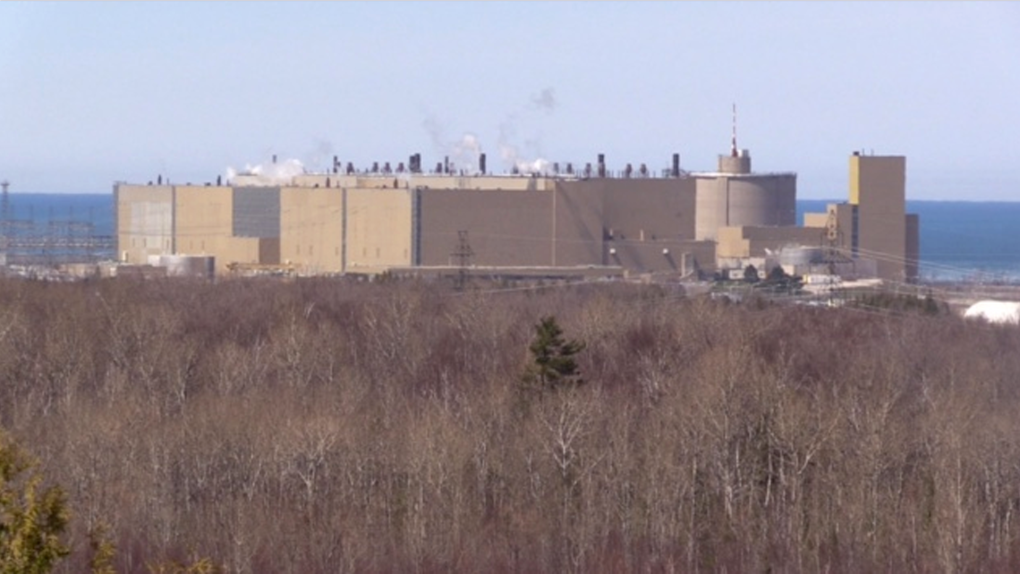rbt
Senior Member
Not sure how they treat wind and solar in that chart. They typically have a pretty low capacity factor (how much power they actually produce vs their theoretical rated 'nameplate' capacity) due to intermittency of weather conditions. Similarly, gas would tend to have pretty low utilization owing to its role as a provider of peak power.
As far as Ontario* supply planning goes, you pretend they don't exist. Instead, you would chart the energy storage capacity and rely exclusively on stored energy. The conceptual diagram would be Wind/Solar -> Storage -> Customer. Building out storage needs to consider wind/solar generation over a longer period of time to ensure the storage doesn't run empty, but for customer supply planning purposes just ignore those uncontrolled sources entirely.
Ford's plan also seems to treat Nuclear as a peaker plant via battery storage too, using excess overnight nuclear generation to recharge battery banks for peak use.
* Ontario Wind and Solar are not reliable. Some locations with less solar intensity variation (thunderstorms, snow cover, forest fire smoke, etc.) or wind variation can rely on a minimum output at any specific part of the day. UK Offshore wind can safely say that on August 12th @ 5pm their wind will provide at least 4GW for customer use; Ontario Wind can't do that.
Last edited:





